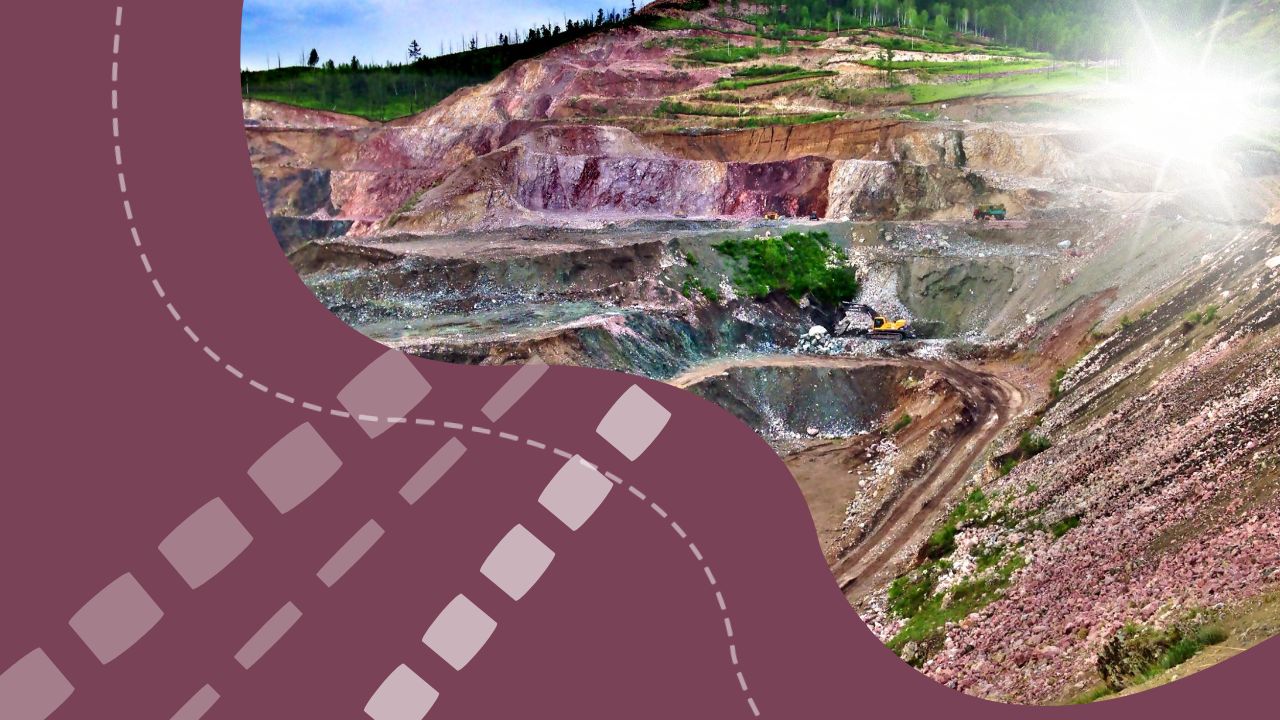Qarmet, a metallurgical company, has launched a pilot project aimed at the early removal of harmful gases from the coal seams of the Tentek mine, as reported on the company’s Telegram channel. The initiative involves the use of plasma-impulse technology, which is expected to significantly reduce methane levels, thereby enhancing safety during mining operations at Tentek. This method of degasification has already seen success in the Kemerovo region.
Drilling has commenced on the D-6 seam, which contains an estimated 16 million tons of solid fuel. Projections indicate that over 200 million cubic meters of methane will be extracted. Alexander Polchin, a representative from Qarmet’s coal department, noted that the company’s mines have low gas permeability despite high levels of natural gas content. Previously employed methods did not substantially improve the situation.
According to the engineer, adopting techniques used by colleagues in Kemerovo, the company aims to halve the gas content, thus mitigating risks for miners. The project includes drilling ten wells, each up to 1000 meters deep. To facilitate methane release, a network of microfractures will be created within the seam. Methane with a concentration above 97% will be processed and utilized.
A total of 87 wells will be needed for complete gas removal, with the first methane volumes expected to be extracted this autumn. The company plans to extend this degasification method to other mines in the future.

